When I was a kid, we would often play a game called Travel. Whenever we bought a Coca-Cola from the corner market, the first thing we did was look on the bottom of the bottle to see where it was made. The city of the bottling company was always neatly embossed on the bottom. The person whose bottle was the farthest away won.
In the same vein, an extraordinary Chicago-based photography collector by the name of Nick Osborn recently told me about a set of black-and-white snapshot images he discovered of early television call signs. The collection was at first a mystery to Osborn, but after some research he discovered a little known slice of American media culture—that of photographing television call signs.
As it turns out, in the early days of television (1950s and ’60s), there were a handful of serious enthusiasts of the new medium who would place larger and more specialized antennas on their rooftops with the mission of tuning in the most distant television stations. If this person lived in New York City, for example, and could bring to their screen a TV station from St. Louis, Missouri, that was a successful transmission of nearly 1,000 miles. As it still is in radio, distant stations are best discovered late at night, when the airwaves are clearer. For these “collectors” of distant stations, some of which included hobbyists from France, Great Britain, Canada, and the US, the only proof that they had found a distant station was to photograph the call letters, or local brand ID of the station, right off of their TV set. Most images shown here are of the station sign-off, usually taken at about midnight or 1:00am.
These collectors were most likely radio geeks—so sharing information with their network of friends with the same interests was the perfect hobby. It was the snapshot photograph of the call letters that proved a rooftop antenna and technical prowess was top notch.
Osborn’s find is a treasure trove of television history, and should someday be in a museum dedicated to television, like the Museum of Broadcast Television in Chicago or the Newseum, in Washington, DC. You can see more of Nick’s collection on his Facebook page.
++
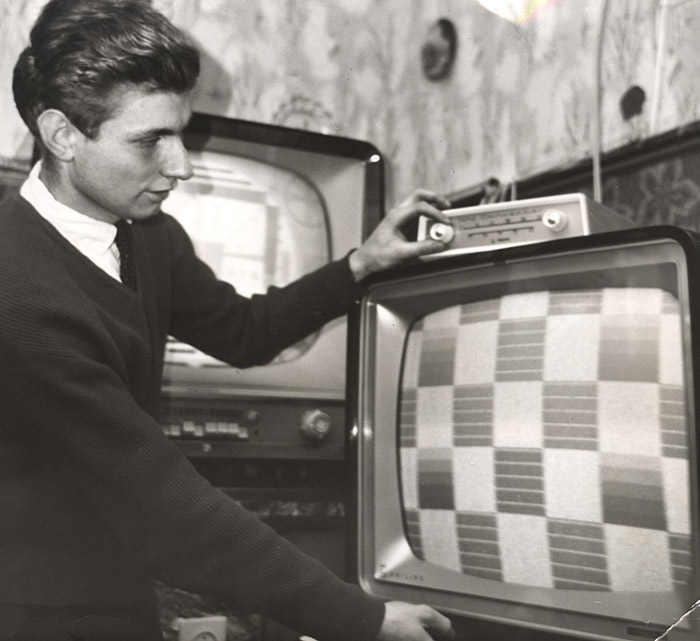
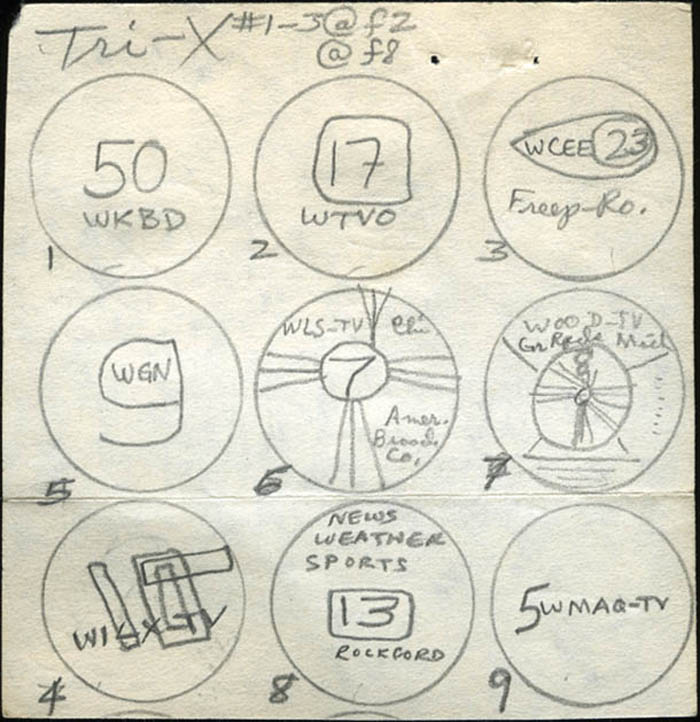
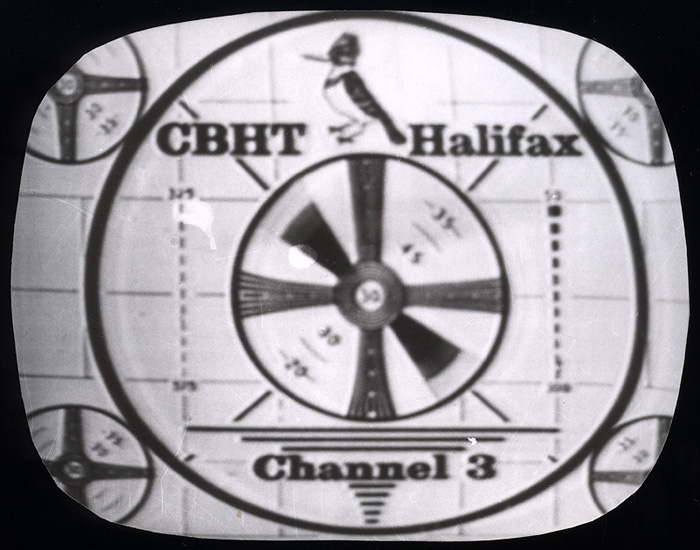
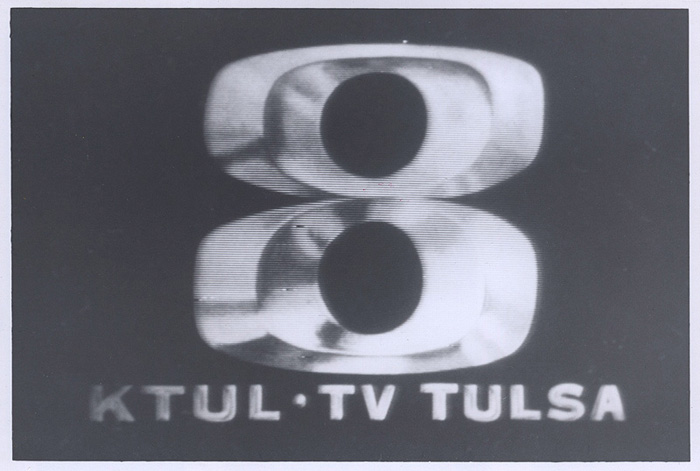
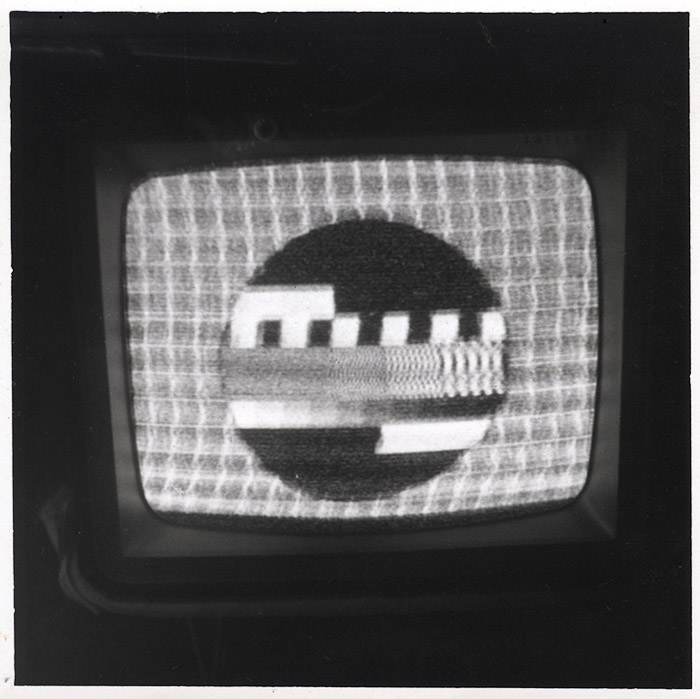
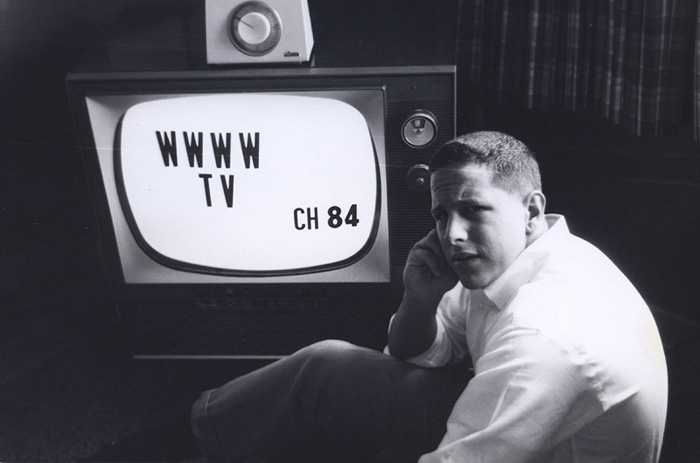
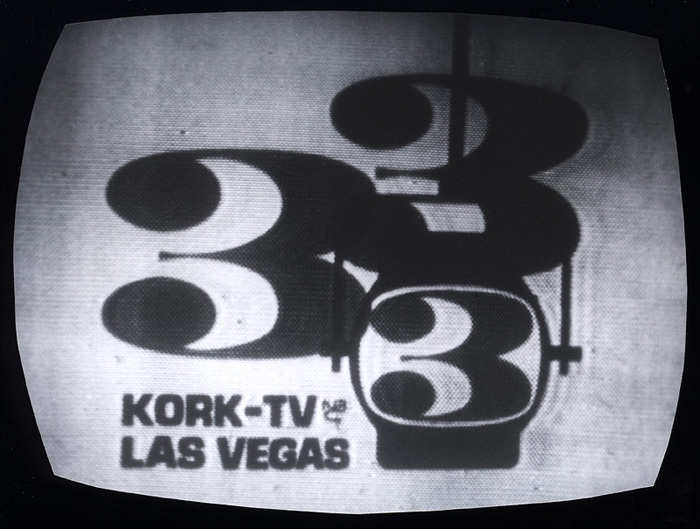
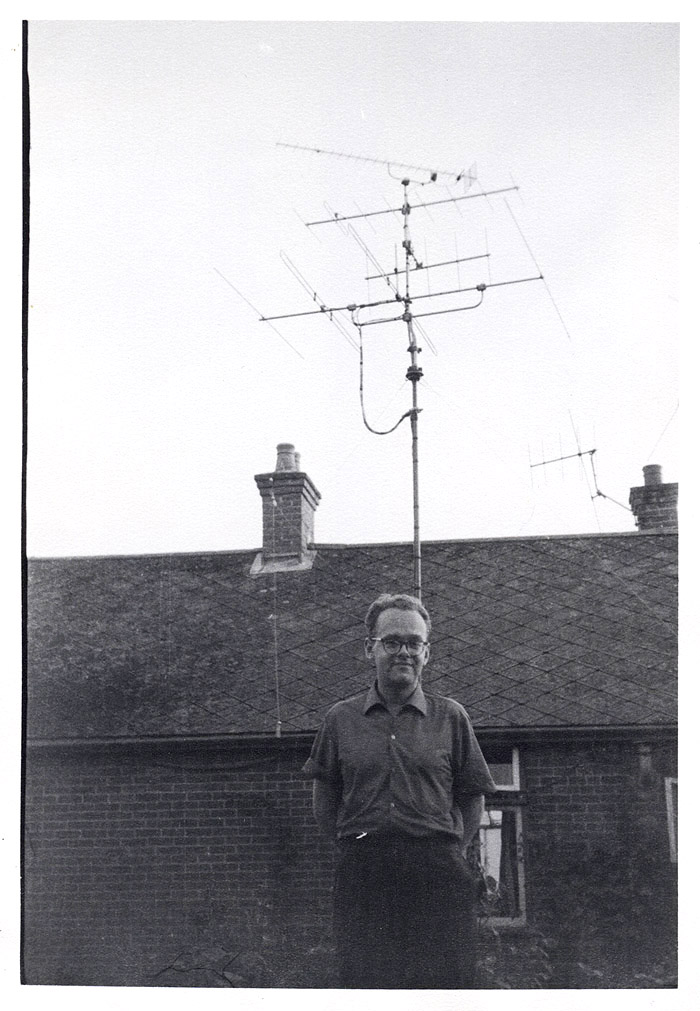

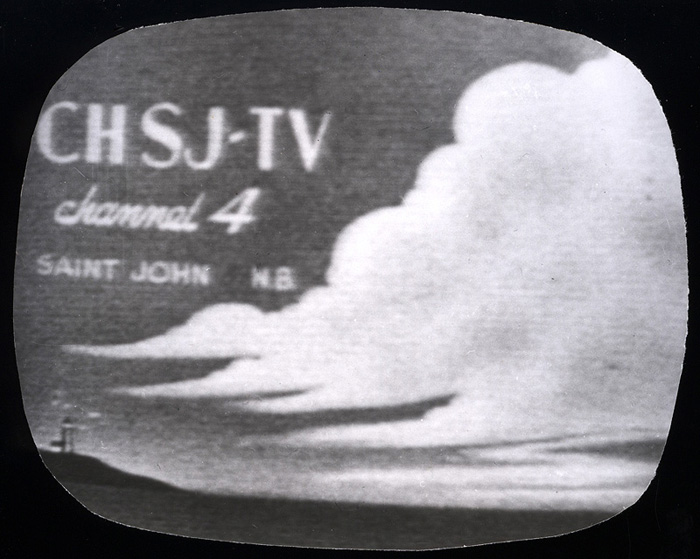
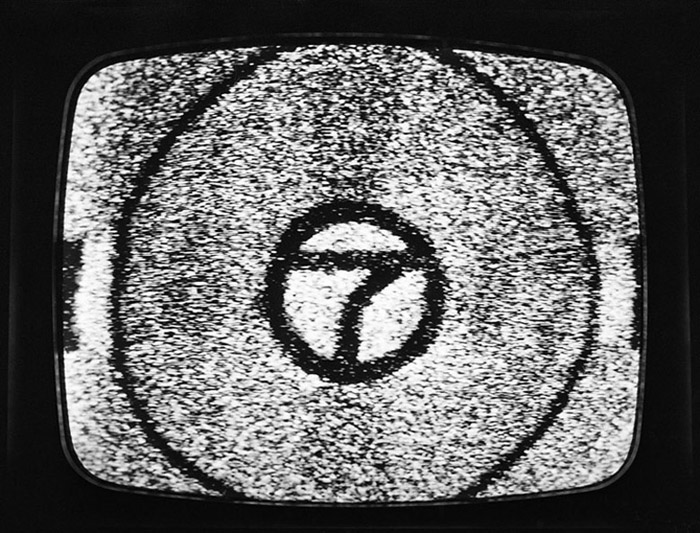
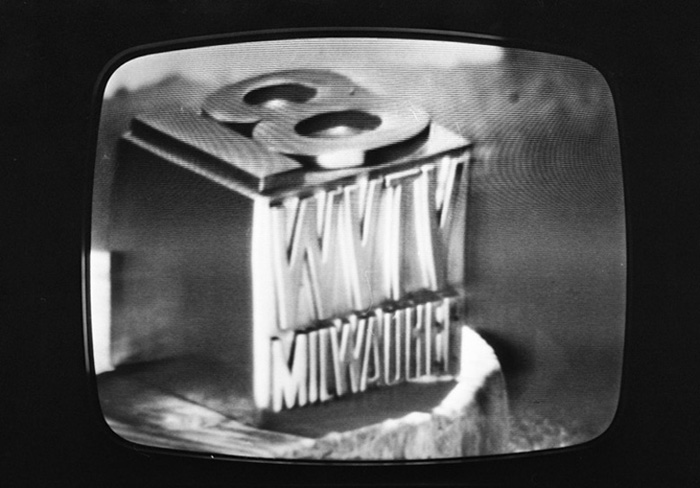
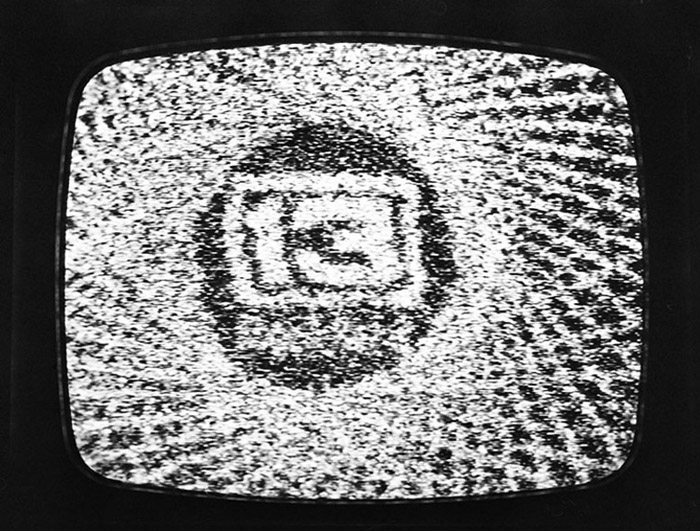
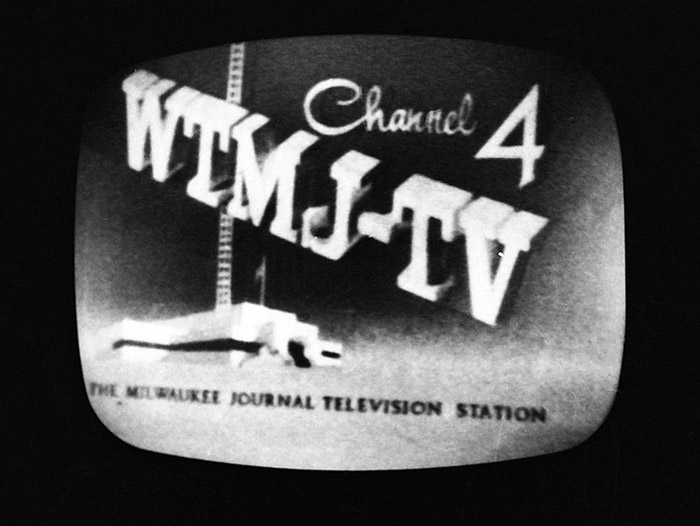
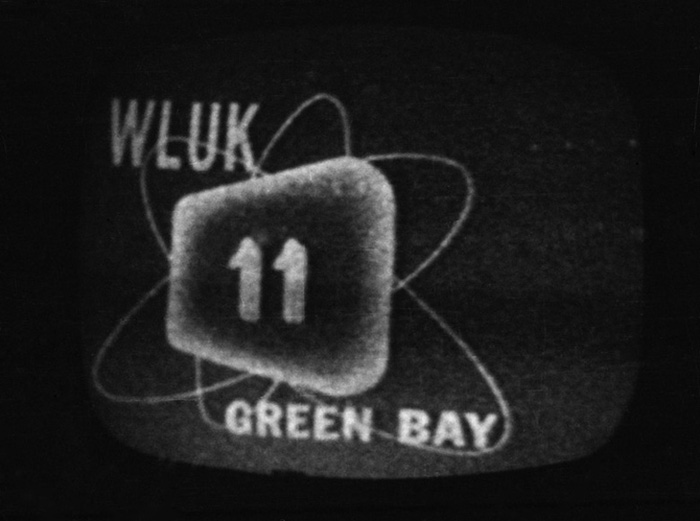
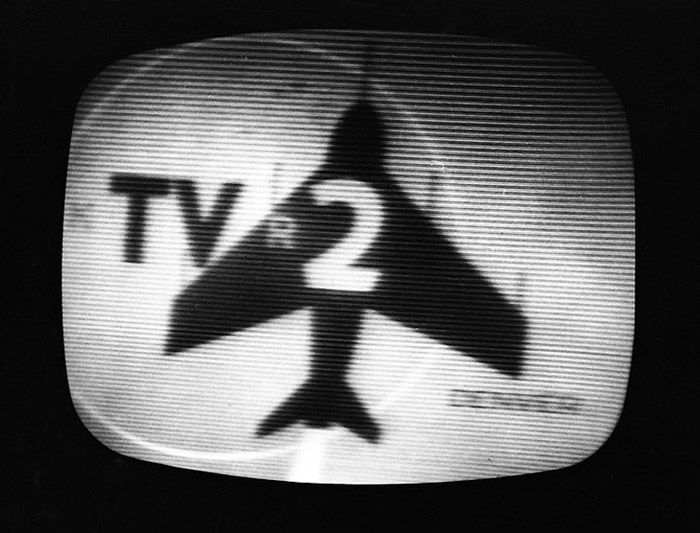
All images © Nick Osborn/Square America
This essay was originally published on September 4, 2015.


Comments [1]
09.29.15
09:56